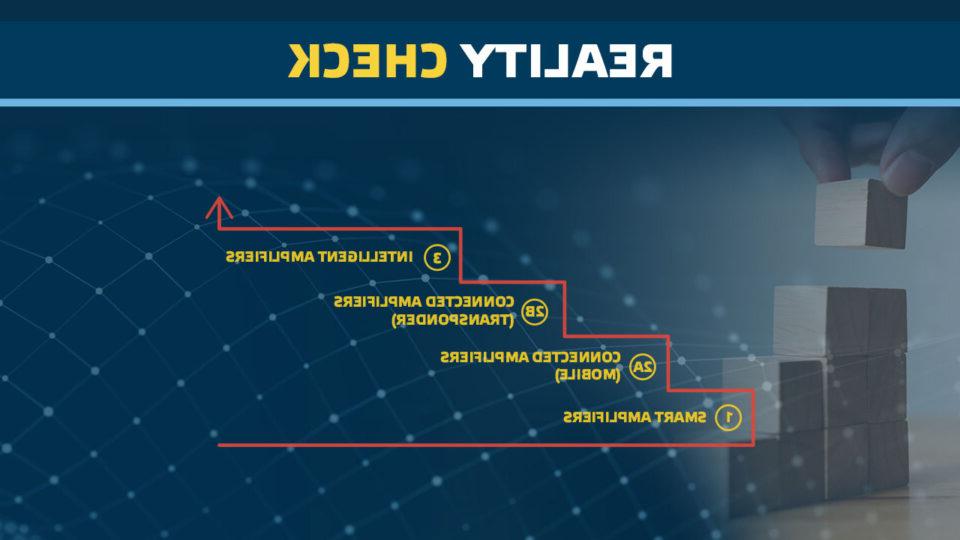
的 future of HFC transponders: a reality check
的 DOCSIS 4.0技术, when implemented over soon-to-be-upgraded HFC networks, will cater to the demands of upcoming bandwidth-intensive applications. Yet, certain nuances continue to perplex the cable industry as it plans these upgrades. 基本原理 for telemetry and transponders 变得越来越明显.
Transponders are not solely for managing cable network disturbances; they also offer capabilities such as remote alarms, 全波段频谱捕获, 远程放大器诊断, and remote RF alignment adjustments. 不过, the industry is still deliberating whether transponders, crucial for leveraging advanced telemetry to users’ advantage, should adopt DOCSIS or HMS technologies. Both technologies present distinct advantages, and this article aims to concisely enumerate them to assist cable MSOs in making informed choices. 表1 outlines these advantages and their associated disadvantages. 如DOCSIS 3.0 transponders near the end of their lifecycle, our analysis will focus on DOCSIS 3.1 and its counterpart, the HMSv2 transponders.

DOCSIS was developed for users in pursuit of ultra-fast broadband. DOCSIS modems are consumer devices that operate on household electricity. While power consumption is always a paramount consideration, 在消费者环境中, it can be offset by enhanced broadband speeds. 此外, in-home installations are generally more accommodating than the demanding conditions of outdoor environments. 结果是, the environmental conditions that DOCSIS silicon vendors primarily aim to fulfill are less stringent compared to the demands of outdoor settings. 此外, while certain DOCSIS 3.1 upstream modulation techniques exhibit robustness in noise-heavy conditions, employing them for telemetry negates the distinctive advantage of DOCSIS: its “in-band” communication capability, making it less distinguishable from HMS.
HMS was initially designed to manage HFC network elements. 随着时间的推移, it has matured into a communication method characterized by low bandwidth and high resilience. 的 HMS life cycle prioritizes network considerations over subscriber needs, enabling it to cover multiple DOCSIS versions. 尽管如此, 随着 分布式访问, transitioning to HMSv2 becomes essential. 的 manner in which SCTE 25-1 is terminated — whether through the RPD software, 带外网关, or a direct NDF/NDR-to-HMS conversion in the HMS gateway — demands a unified decision from the cable industry. 此外, collaborative efforts are imperative to address emerging challenges, such as those presented by the ultra-high split frequency range, as well as issues concerning the security of the supported SNMP version, IPv6的兼容性, and maximum packet/frame size.
而精确的 differences in total cost of ownership between DOCSIS and HMS transponders continue to be debated, three key points stand out:
- 支持ing both options will increase the costs for next-generation 1.8 GHz放大器.
- 如果 功耗1.8 GHz放大器 must not surpass that of the older 1 GHz amplifier generations, then HMS becomes the only viable choice.
- Indecision often exacts the greatest cost.
发现更多的 现实检查!




